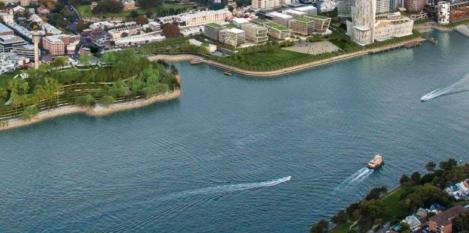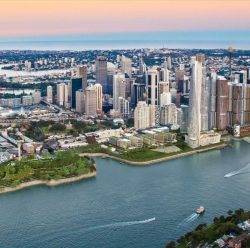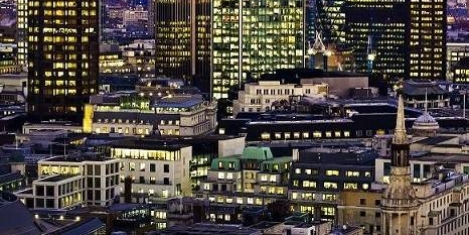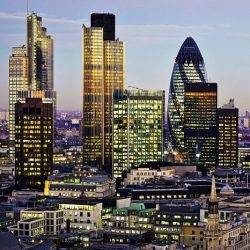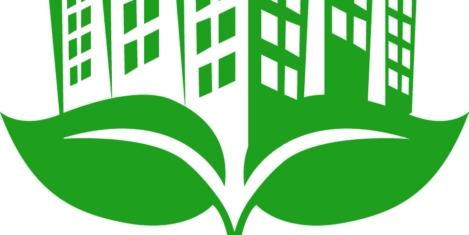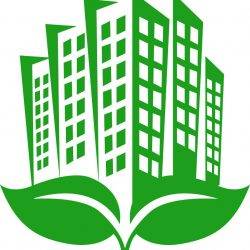June 13, 2017
Will battery storage be the next big energy trend for commercial buildings? 0

Building managers and FMs are under growing pressure to reduce costs and convince senior management about the need to take control of their energy needs according to a survey carried out a recent energy event; which also revealed that the majority (56 percent) believe that battery storage will be the biggest energy trend in the next decade. This was according to delegates at the recent Energy Live Future conference at Leicester’s National Space Centre where more than a third (38 percent) of delegates at the event, sponsored by British Gas Business, agreed that reducing energy costs remained the central energy issue for large organisations and those who manage commercial buildings. This was closely followed by the challenge of convincing business leaders to allow investment in new technology (35 percent). Nearly half (48 percent) of delegates suggested that political uncertainty, caused by the General Election, Brexit and changing regulation, could make it even more difficult for them to make significant energy changes.








